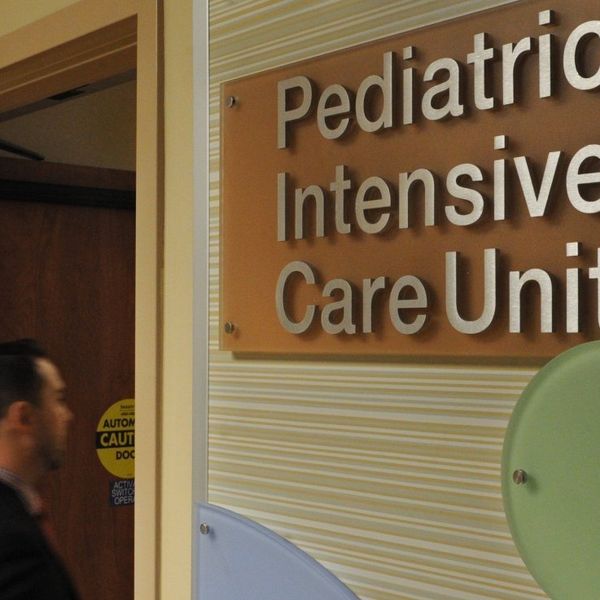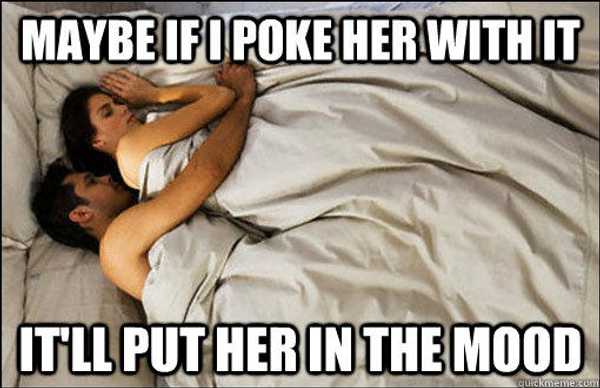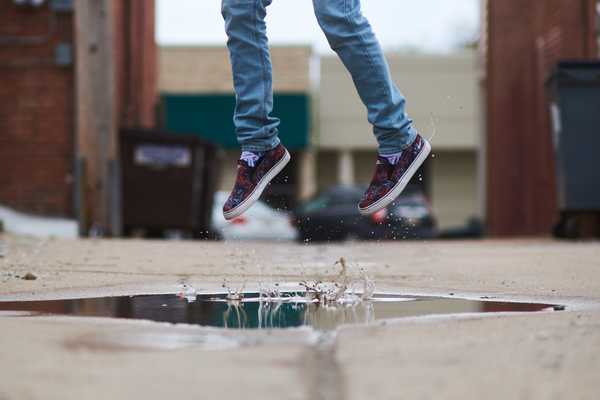The Centers for Disease Control and Prevention (CDC) reported that in 2010, people in the United States had a 823.7 chance out of 100,000 to be hospitalized, have a emergency department visit or die from a Traumatic Brain Injury (TBI).
The rate of death has gone down by 1.4 since 2001, however, the rate of emergency department visits has increased by 295.1 and hospitalization had a percent increase. These fluxes are all out of 100,000.
“According to the U.S. Centers for Disease Control and Prevention, about 200,000 people in the United States suffer concussions while playing sports every year,” stated the American Academy of Orthopedic Surgeons (AAOS) on their website under the topic ‘Sports Concussions’. “Concussions occur in a wide range of sports and affect all athletes, from professional players to little leaguers.”
There is not a universal, definite definition for a concussion, the CDC defines it as, “a bump, blow or jolt to the head or a penetrating head injury that disrupts the normal function of the brain.”
The AAOS stated about the definition on their website: “A concussion does, however, temporarily impair how the brain functions and processes information. For example, after a concussion, a patient may have difficulty with balance and coordination, memory, and speech.”
To help professionals, there are a few guidelines, such as signs and symptoms, that correspond together and fall into the following four categories: Thinking/Remembering, Physical, Emotional/Mood and Sleep.
Thinking/Remembering: difficulty thinking clearly, feeling slowed down, difficulty concentrating and difficulty remembering new information.
Physical: Headache, fuzzy or blurry vision, nausea or vomiting, dizziness, sensitivity to noise or light, balance problems and feeling tired, having no energy.
Emotional/Mood: irritability, sadness, more emotional and nervousness or anxiety.
Sleep: sleeping more than usual, sleeping less than usual or trouble falling asleep.
Prospective freshman for Indiana University of Pennsylvania and IUP Softball commit, Megan Little, gave her take on concussions from past experiences.
She stated, “After recovery I still have had some lingering effects, such as taking longer on tests still. And I am never going to be able to focus as well as I used to.”
Little has had three concussions over the past four years with her first being in December 2012, the second in March of 2014 and her third just this past September. Her recovery times were three months, one month and seven months respectively.
“The first time my mom did not believe me when I said how bad my head hurt because she had never dealt with concussions before. So then after a while of continuous headaches we asked around and decided to go to Dr. Masterson in Greensburg. I then took the Impact Test and a balance test,” Little explained.
“Based on my scores compared to [the averages of others my age,] they concluded that I did have a concussion. For the second concussion I kind of knew I had one because the headaches from a concussion are like no other, when you have one you know. So I did the same thing and went to Dr. Masterson and took the tests again. The third one I also knew again so the same kind of deal.”
Tests that go along with diagnosing someone for a concussion, such as athletes, are asking short-term memory questions such as, “What is the score of the game?” and the symptoms of someone with a concussion at this stage are confusion, disorientation, loss of consciousness, nausea, vomiting, grogginess, clumsiness, blurry vision, headache and sensitivity to light.
“I had symptoms such as extra sleep, headaches, dizziness, sluggishness, nausea, sensitive to light and noise, fatigue, ringing in the ears, concentration issues, depression and some memory loss. After I really only had some lingering effects of concentration and I have headaches off and on,” said Little.
“I also get very nervous when I'm playing softball or anything that I am going to get hit. Before the concussions I did not have these issues.”
And while Little has not been diagnosed for Chronic Traumatic Encephalopathy (CTE), those who have several brain trauma incidents, her included, are at risk for this progressive degenerative disease.
“Having previous concussions made it easier for me to get one,” she explained.
CTE has been found in professional boxers since the early 1900s and has more recently been discovered in retired professional American Football players. It has been found in other athletes, but American Football players are at a higher risk.
“Chronic Traumatic Encephalopathy (CTE) is a progressive degenerative disease of the brain found in athletes (and others) with a history of repetitive brain trauma, including symptomatic concussions as well as asymptomatic subconcussive hits to the head,” reports the Boston University Alzheimer's Disease Center on their website.
The web page went further to explain that the trauma triggers degeneration and build-up of an abnormal tissue called Tau. The commencement of the degenerative process can occur months or decades from the “last brain trauma or end of active athletic involvement.”
The Public Broadcasting Service's (PBS) investigative journalism team FRONTLINE did a report on the National Football League’s (NFL) mismanagement of concussions.
“The data has also found that half the time, players return from their head injuries without missing a game. There’s no standard recovery time from a concussion — each one is different — but guidelines endorsed by the NFL Players Association from the American Academy of Neurology find that athletes are at the greatest risk or repeat injury in the first 10 days post-concussion,” FRONTLINE writer Jason M. Breslow wrote in his 2014 article ‘CONCUSSION WATCH: The NFL’s Concussion Problem Still Has Not Gone Away’.
“15 players have been added to the list for head injuries from the preseason and Week 1. Of those 15, 12 have returned to the field.”
The NFL has acknowledged the connection between concussions and CTE and has donated more than $100 million dollars to player-health research however, a social reform has yet to come up.
From Statista, the number of football players in the U.S. from the spring in 2015 was 17.18 million. Though the numbers from the statistics peaked in the autumn of 2012 with 19.06 million and had a steady decline to 16.62 million in the spring of 2014, they are on the rise again with the 2014 16.66 million and the latest 2015 number.
“I think that people believe that concussions are not a big deal, but they are. In my experiences concussions have caused stress on my life and relationships, and I do not wish that on anyone. I do think the medical field tries to stress concussions just maybe in the wrong way,” Little explains.
“There really is no "cure" for concussions and I know they are doing research on it so that is awesome. People can't see it hurting like with a broken ankle or a sprained wrist so they don't know how bad it really is. I think there needs to be a way of telling how bad it really is.”
Programs such as ‘HEADS UP’ by the CDC and education articles such as ‘Diagnosing and Treating Concussions’ by the Weill Cornell Brain and Spine Center (WCBSC) attempt to help educate those of this serious epidemic. WCBSC provides players with three wallet sized concussion evaluation cards.
This is a problem that has been acknowledged by national organizations though now, there must be a social response and advocation to helping prevent and, in cases it happens, treat more effectively for concussions.
“It has negatively affected my life. I hope that people become aware of the symptoms it can cause and how you can get one,” stated Little.
Madeline Gavatorta, News





















